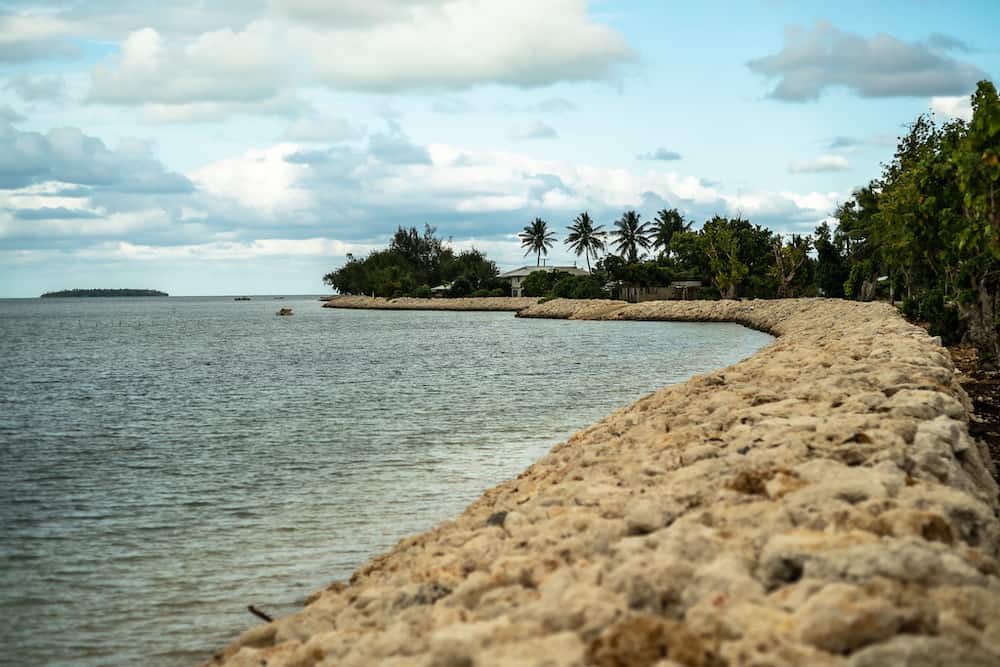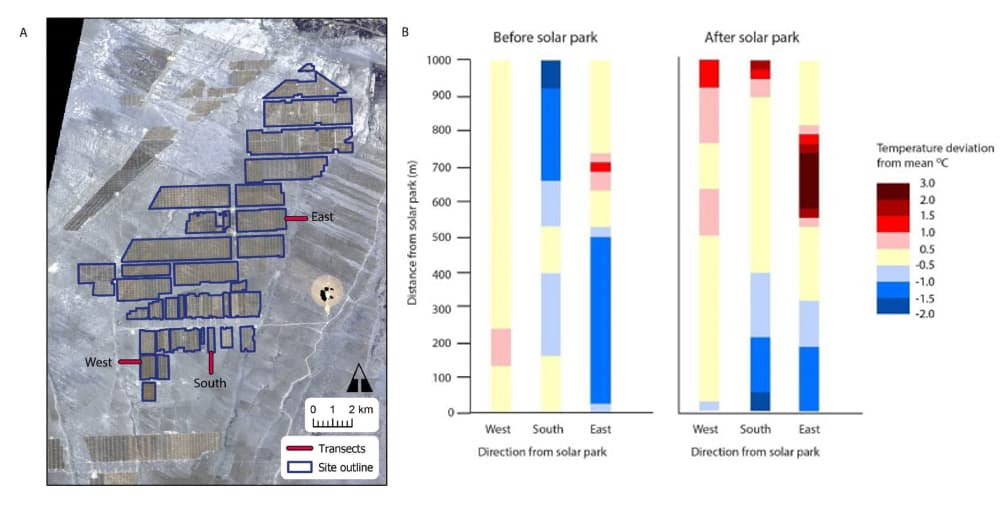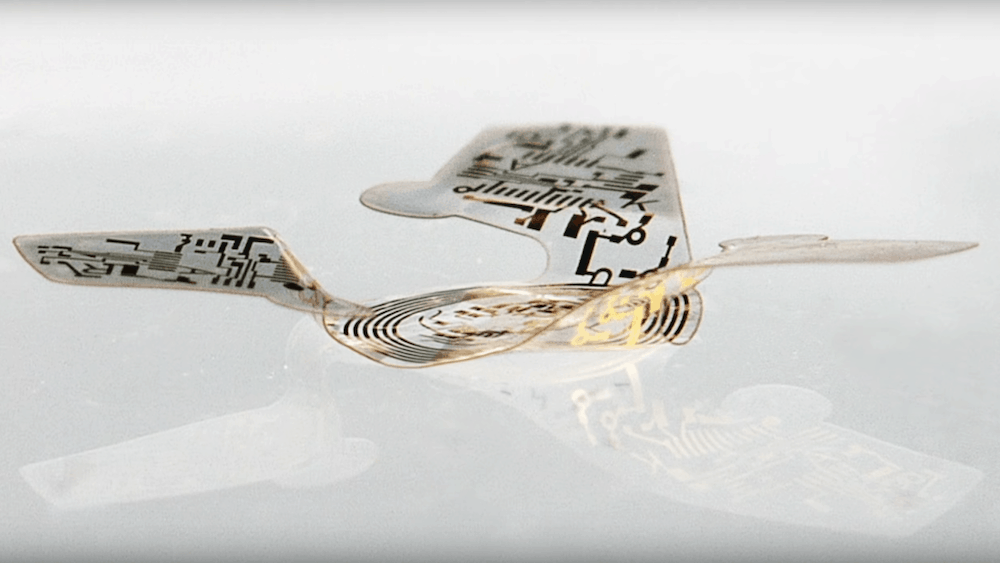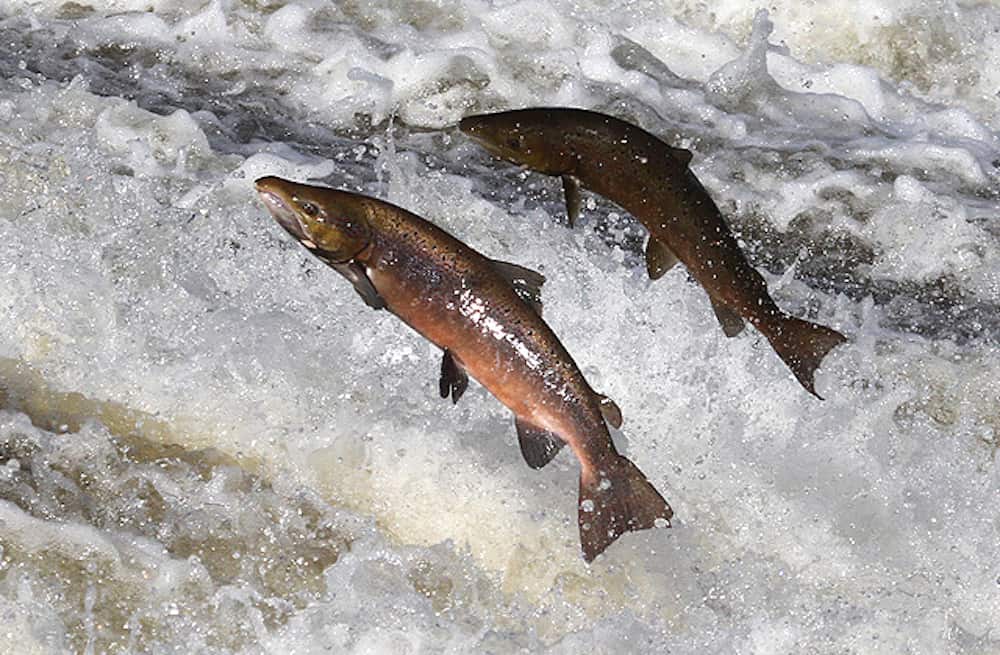Marine creatures are a great source of inspiration for materials scientists looking to develop stronger and better structures. Researchers led by Virginia Tech found that the skeleton of the Protoreaster nodosus starfish offers valuable insights into designing porous calcium carbonate.
Read MoreThe origins of the world ocean remain a much-debated topic to this day. A new paper by researchers from several universities in China and the Skolkovo Institute of Science and Technology in Russia posits that magnesium hydrosilicates served as reservoirs of water in early Earth.
Read MoreRemoval of ammonium ions from semiconductor wastewater is a particular concern for chip manufacturers to avoid exacerbating eutrophication of aquatic environments. Researchers in South Korea investigated the potential of graphene oxide-based nanofiltration membranes to treat this type of wastewater.
Read MoreThe use of nanotechnology as crop fertilizers is a growing area of interest for farmers. A new study led by Jiangnan University researchers compares the performance of fertilizers based on iron oxide nanomaterials to typical iron chelate fertilizers in promoting soybean growth.
Read MorePacific Island nations are among those most at risk from climate change. The Kingdom of Tonga is one Pacific Island nation that exemplifies the work being done in this region to build climate resilience.
Read MoreFinding new applications for recycled glass brings the material ever closer to reaching its sustainable potential. Three researchers at RMIT University developed a process for creating glass–polymeric composites from recycled glass, which could be used for various building components such as access covers.
Read MoreMany questions remain about the impacts of solar parks on the environment. Researchers led by Lancaster University in the United Kingdom found that solar parks appear to have a cooling effect on the surrounding land surface.
Read MoreMost monitoring technologies involve bulk instrumentation to collect data locally at a small number of locations. An international team of researchers developed tiny winged microchips that could be deployed in bulk for environmental monitoring of a large area.
Read MoreWind turbine blades are notoriously difficult to recycle due to the mixed nature of the blade material. Two companies are exploring different ways to improve lifecycle sustainability through glass fiber reclamation and developing a new resin for the blade.
Read MoreCompared to other meats, fish remains a relatively underutilized waste source in rendering processes. An international team of researchers investigated the possibility of deriving calcium phosphate bioceramics from salmon fish bone wastes.
Read More









